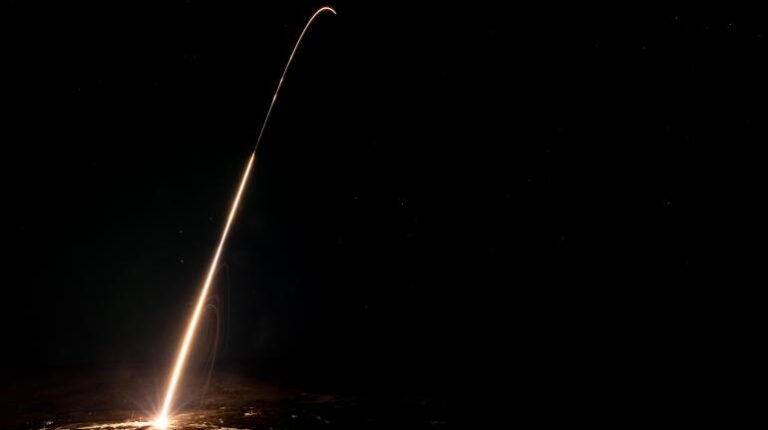Two NASA-funded rockets have been launched from Poker Flat Research Range in Fairbanks, Alaska, with a third expected to be launched by April 6 in a mission aimed at learning more about how the aurora affects the upper atmosphere.
The University of Alaska Fairbanks (UAF) Geophysical Institute owns Poker Flat, 32km north of Fairbanks, and operates it under a contract with NASA’s Wallops Flight Facility, which is part of the Goddard Space Flight Center.
The mission is led by UAF space physics professor Mark Conde of the Geophysical Institute and UAF College of Natural Science and Mathematics, and involves several UAF graduate student researchers at several ground monitoring sites. NASA and some of the nation’s top universities are also participating.
“I’m extremely pleased that we were able to get the conditions to line up to allow us to launch and to conduct the experiment,” Conde said. “I am absolutely delighted.”
According to Conde, the mission was more difficult than most because it was essentially two missions in one.
“Because we had the two-stage rockets deploying over central Alaska and the four-stage rocket deploying off the north coast of Alaska, we essentially were conducting two independent tracer experiments at the same time,” Conde explained. “And because the camera locations we needed were completely different for each of those rockets, we needed many camera sites to be clear at the same time.”
Results of the experiment, titled Auroral Waves Excited by Substorm Onset Magnetic Events (AWESOME), could upend a long-held theory about the aurora’s interaction with the thermosphere. It may also improve space weather forecasting, which is critical as the world becomes increasingly reliant on satellite-based devices such as GPS units in everyday life.
The experiment features one four-stage rocket and two two-stage rockets. For more information, click here.



